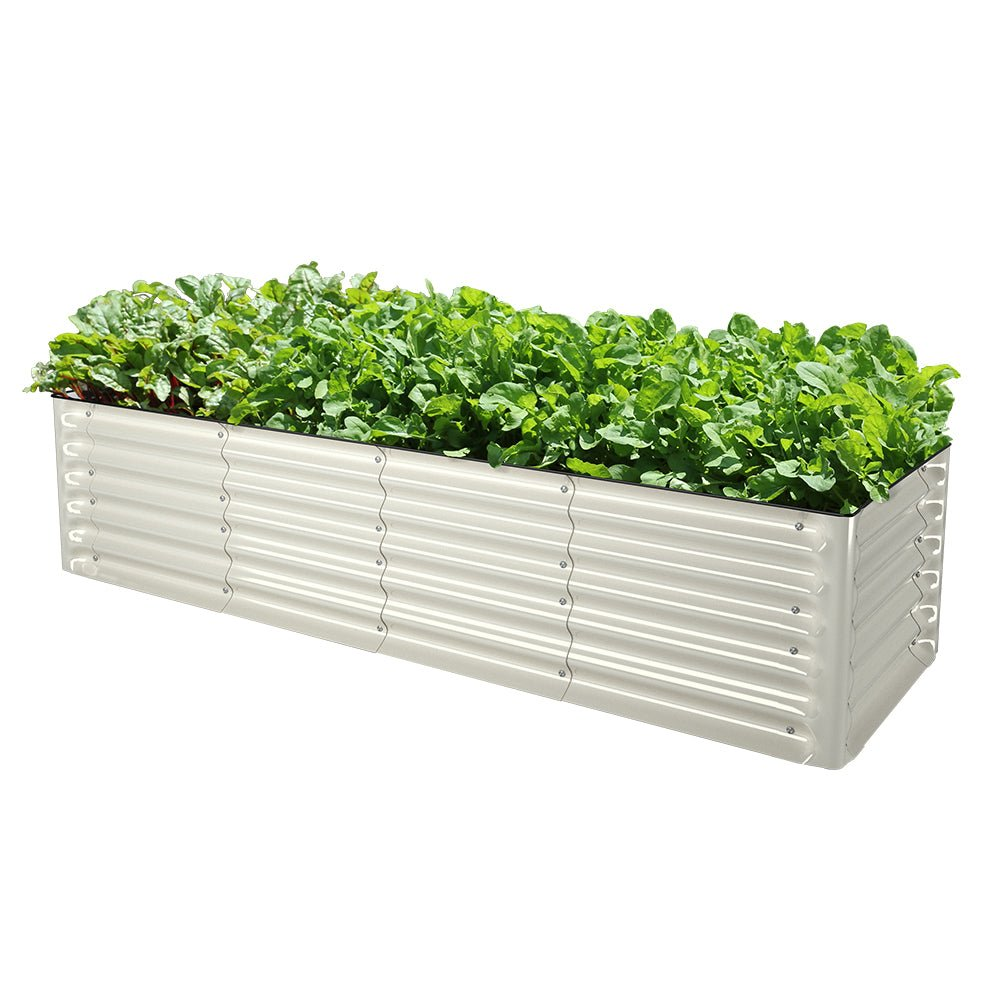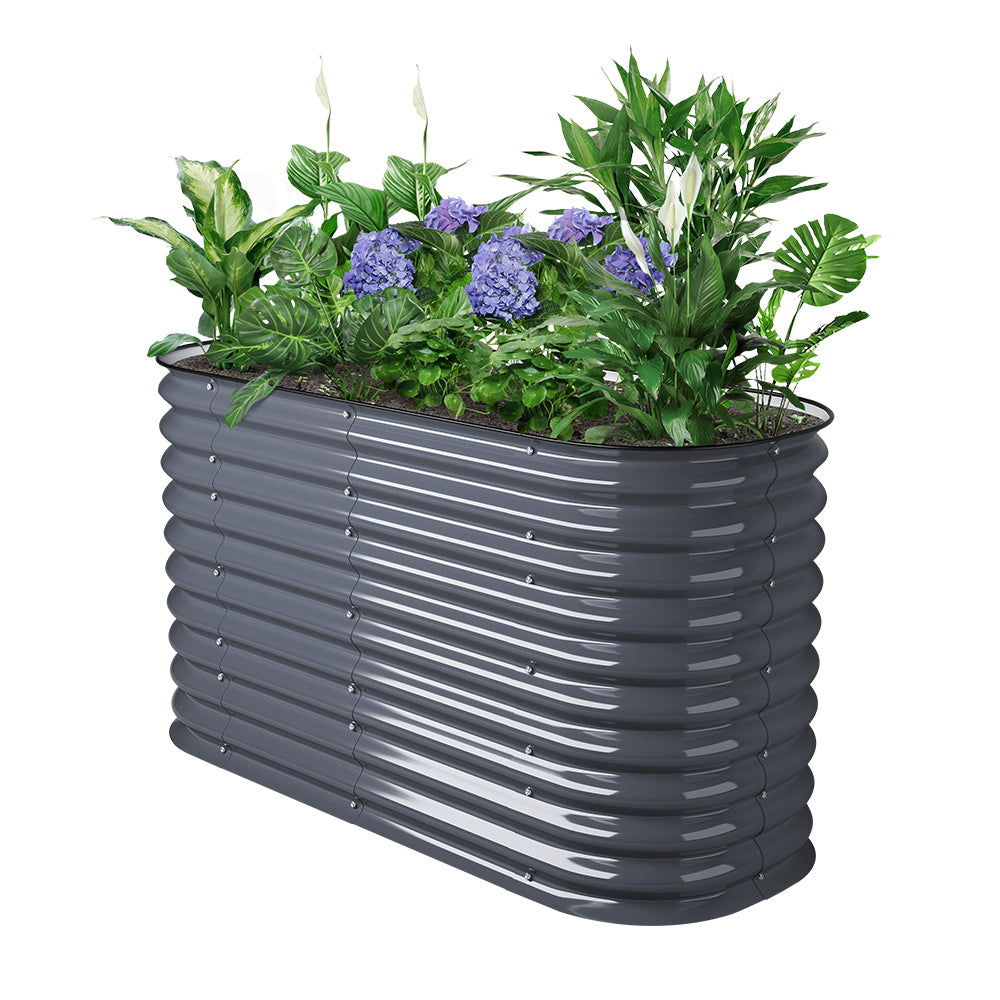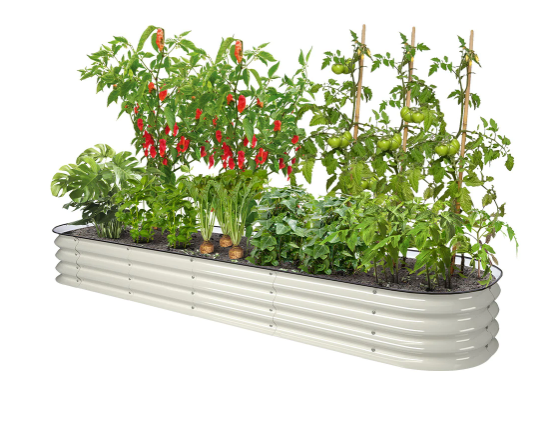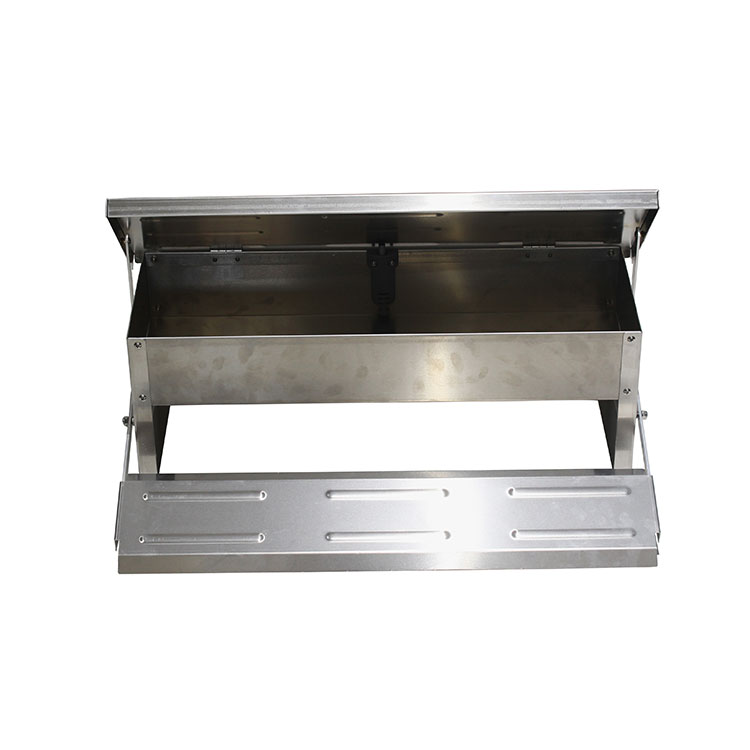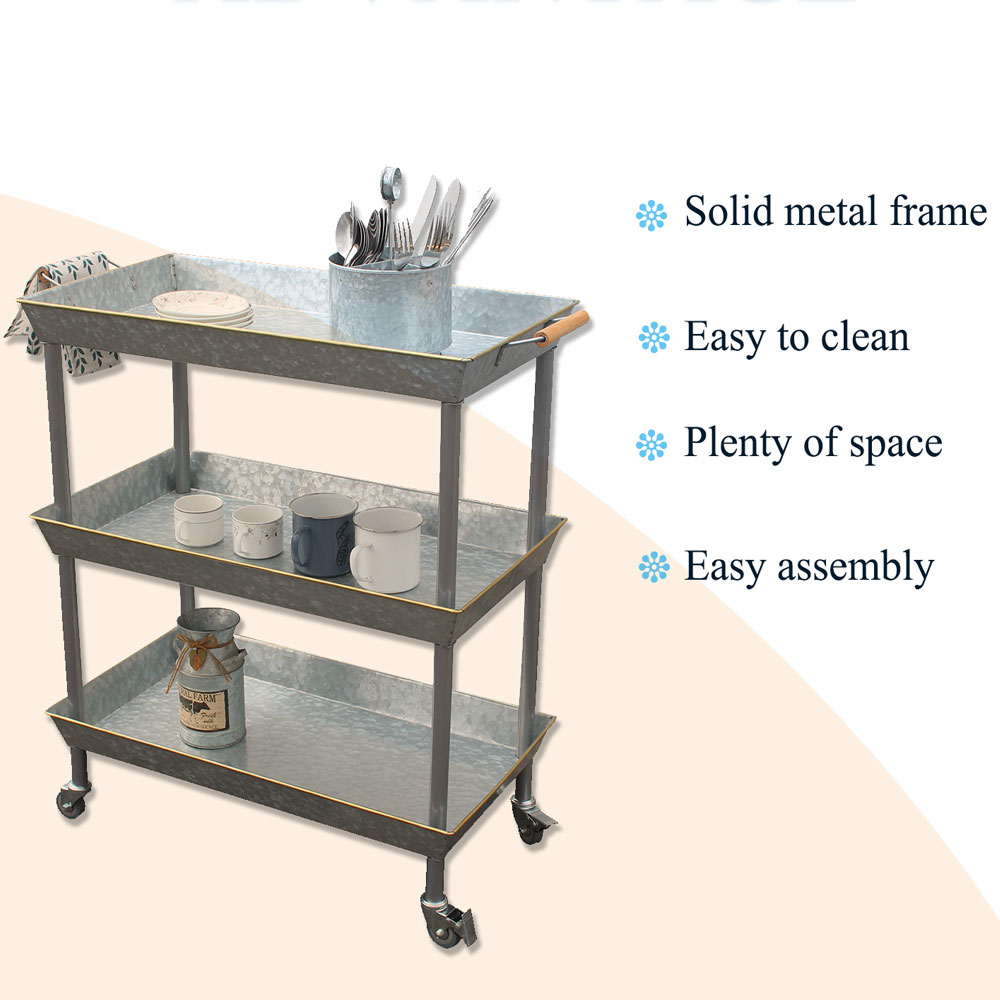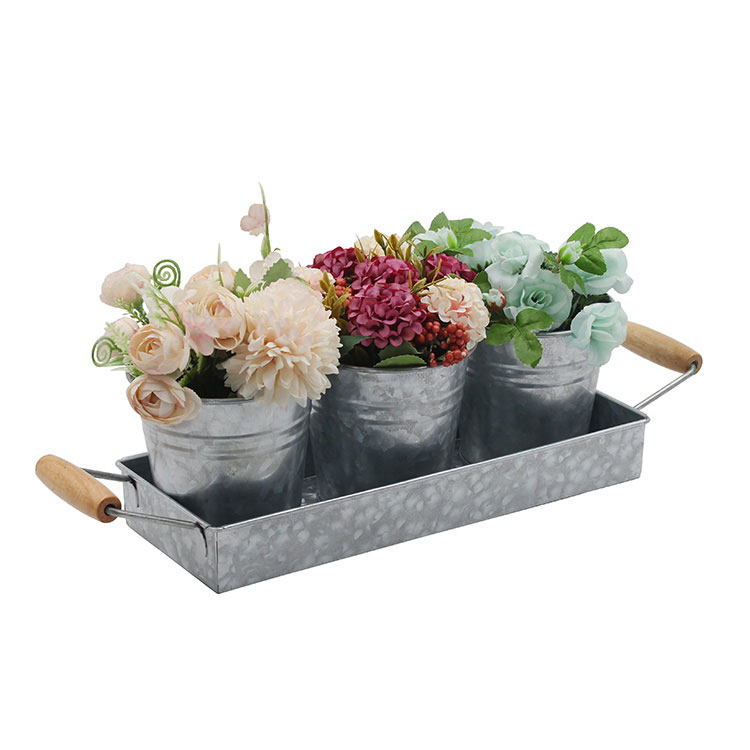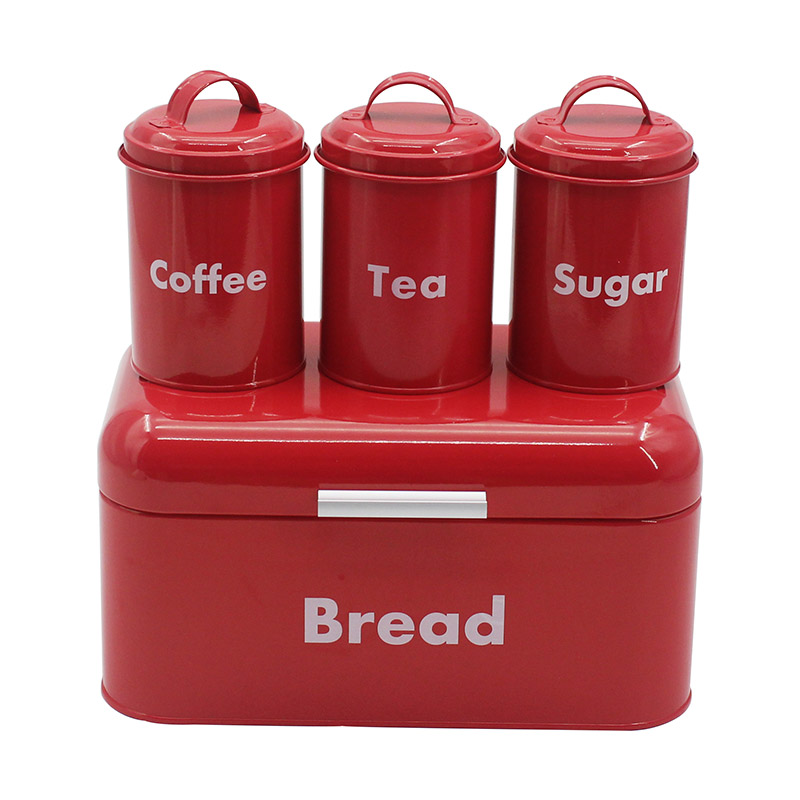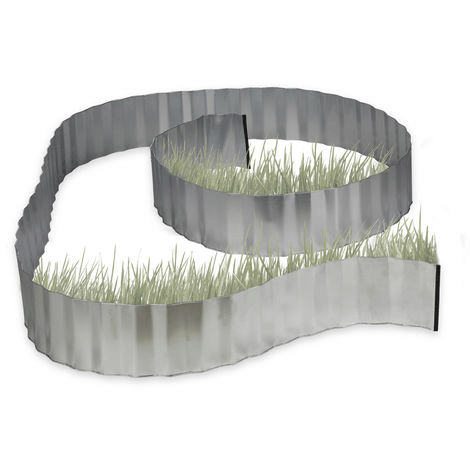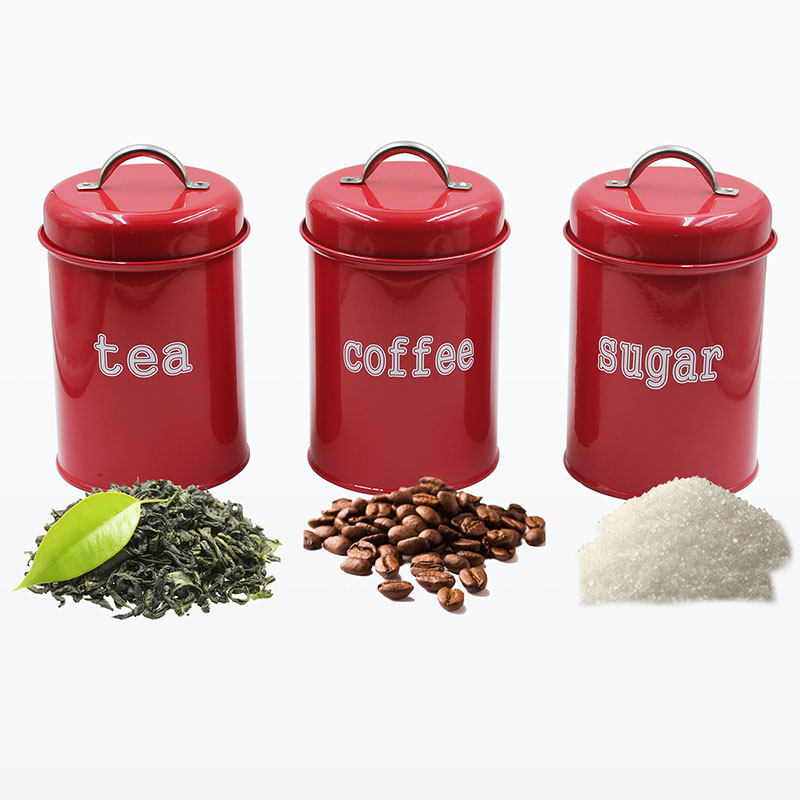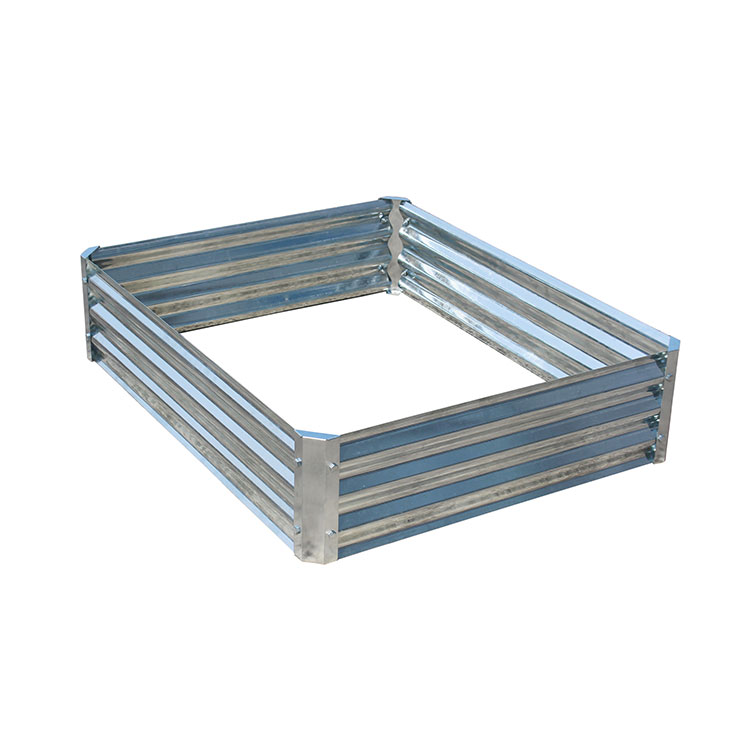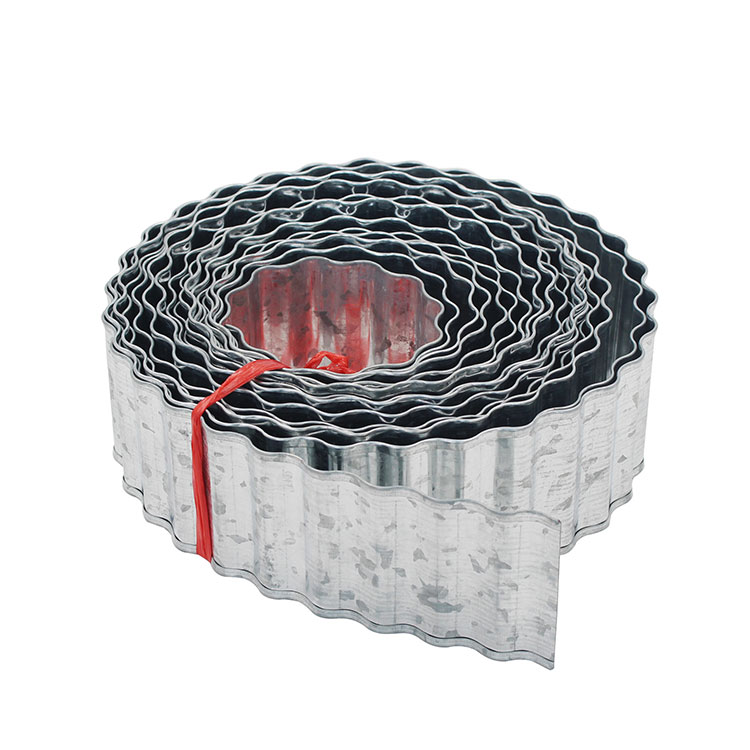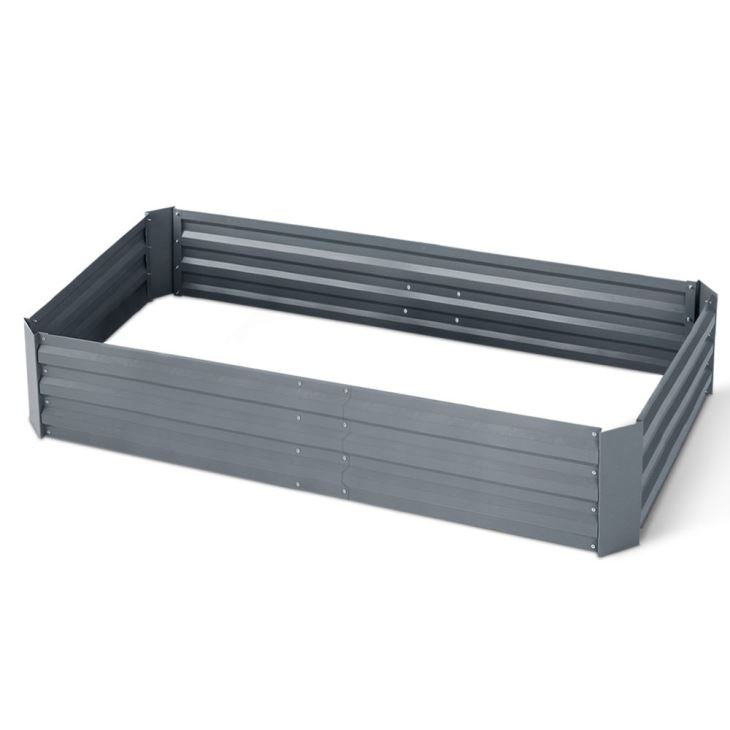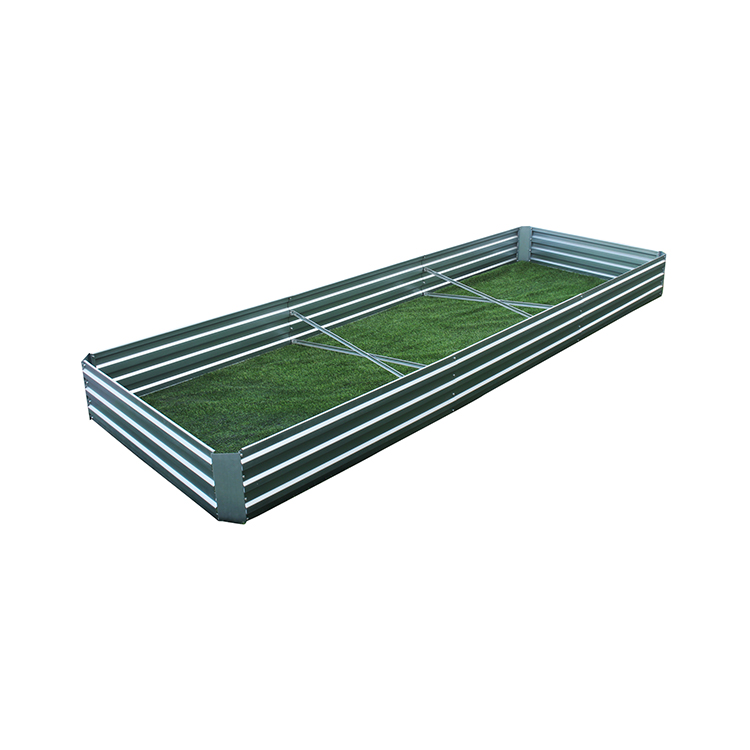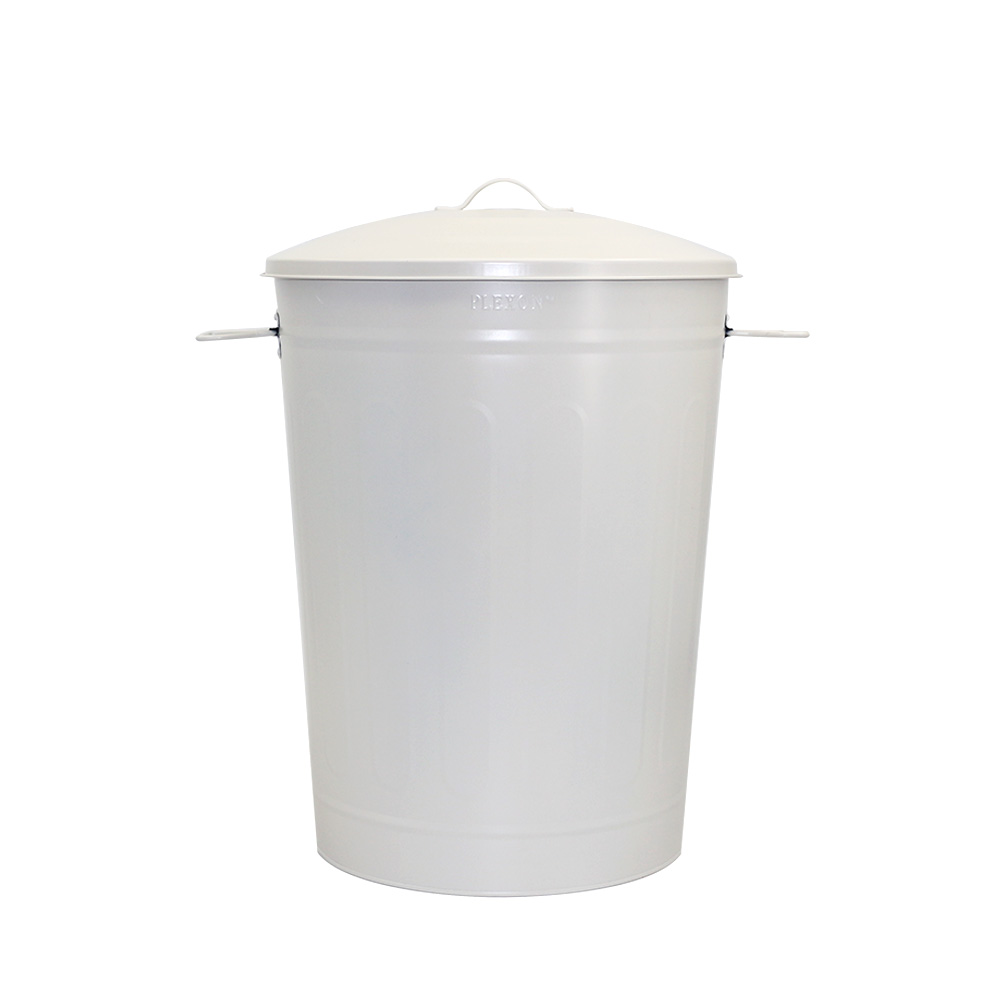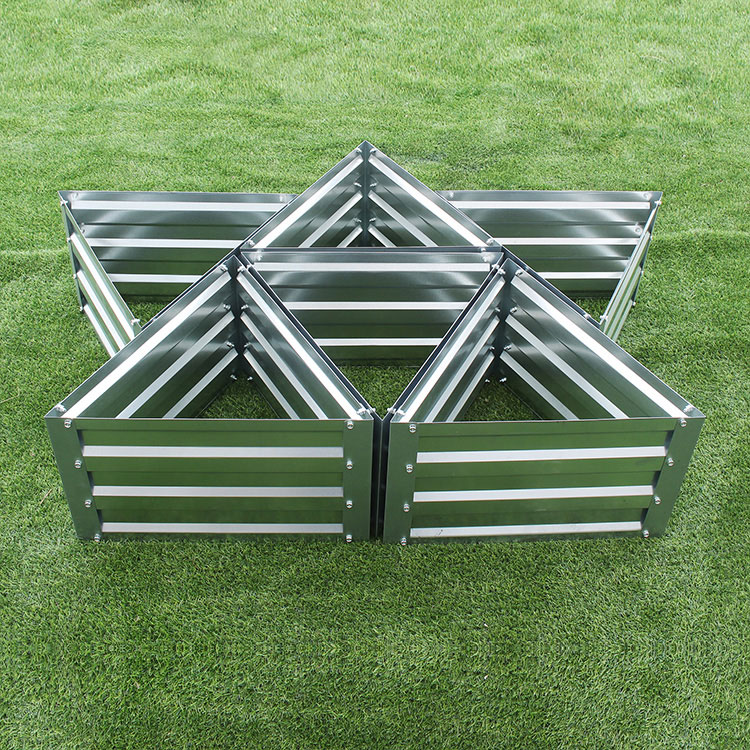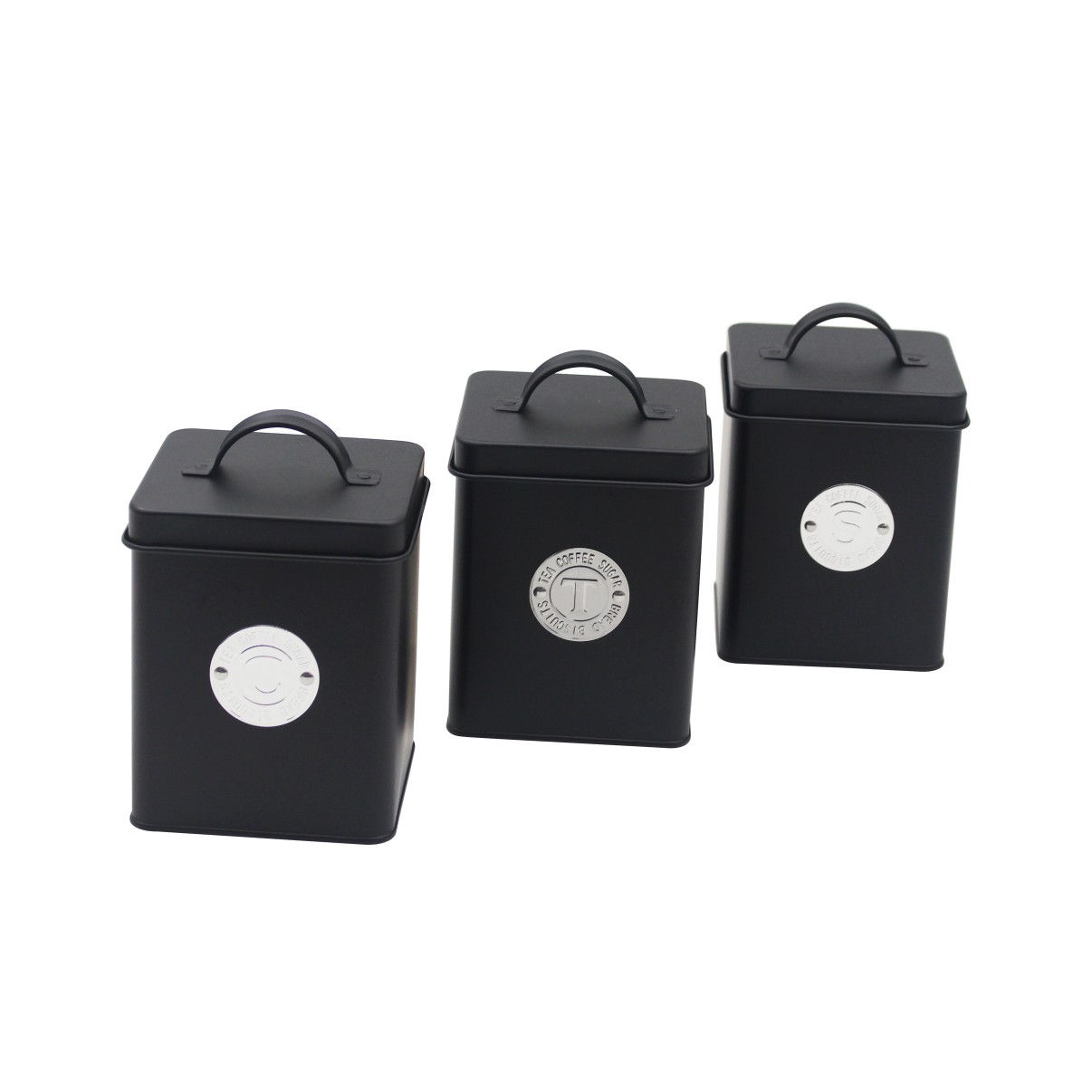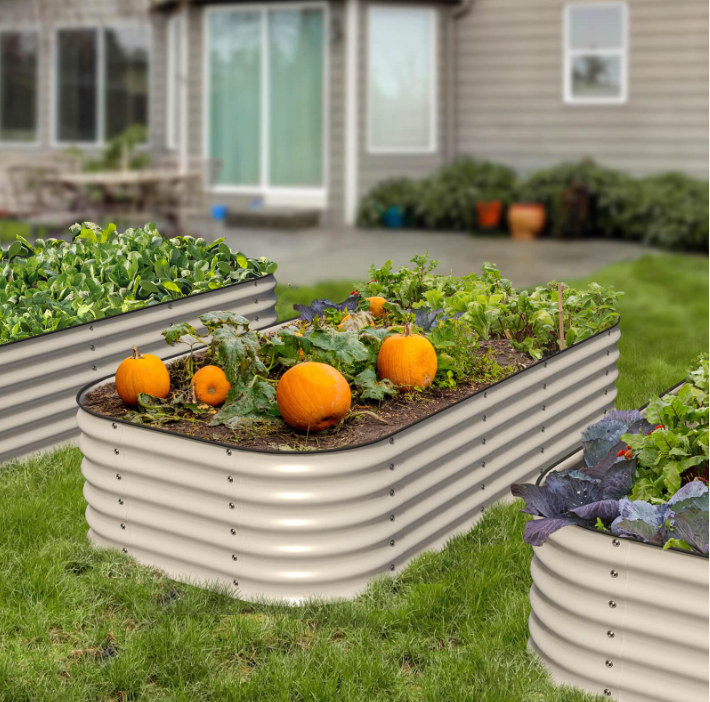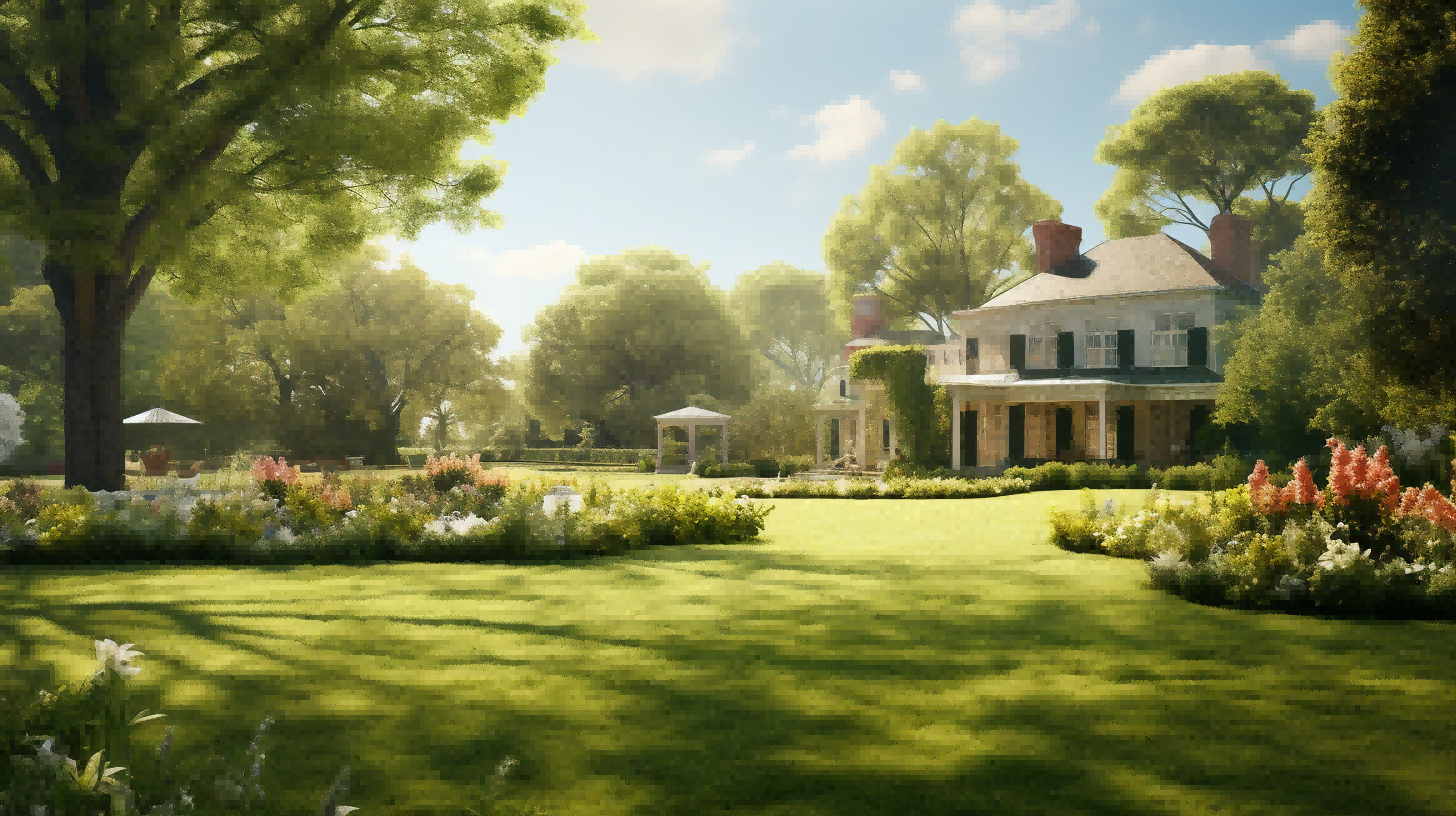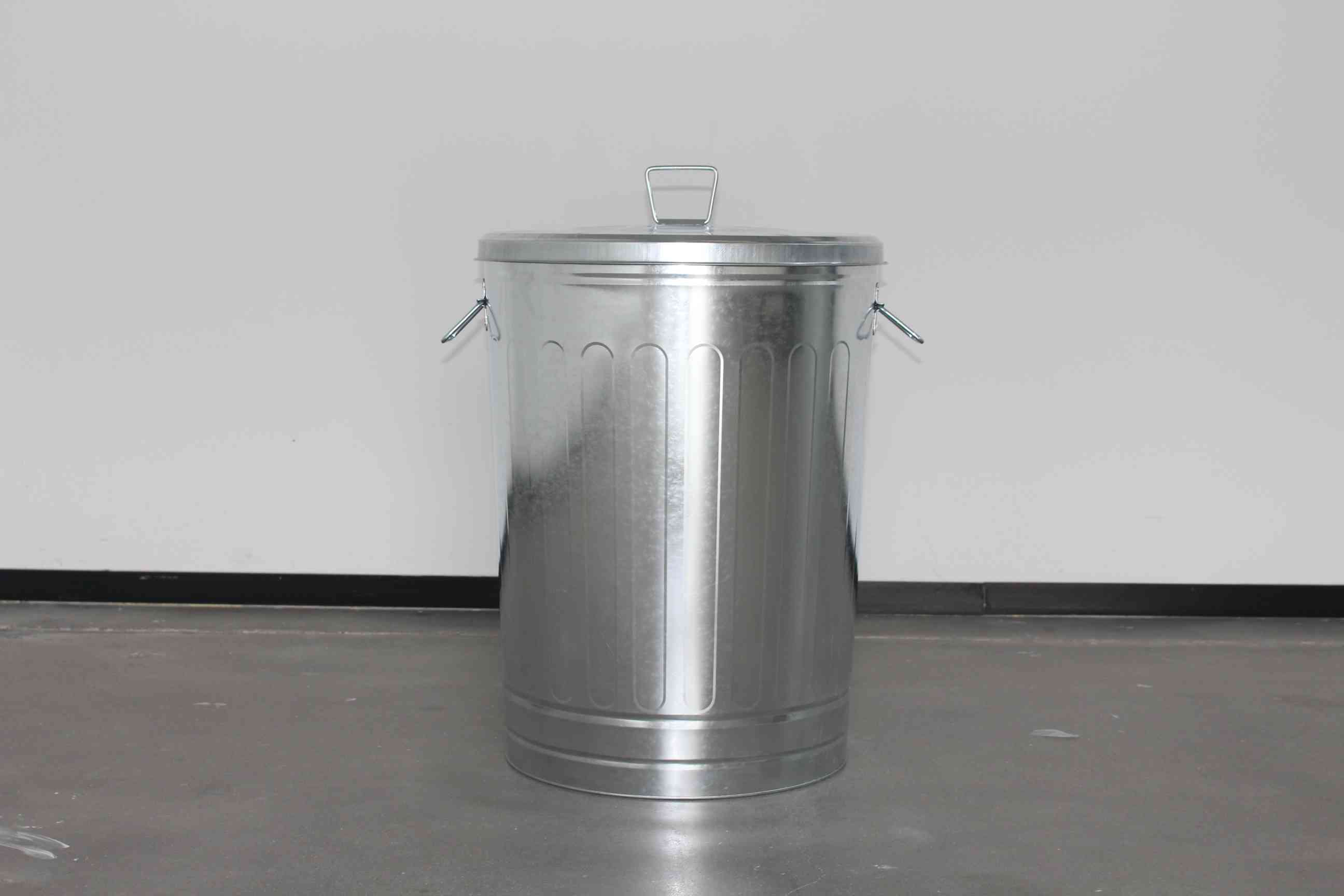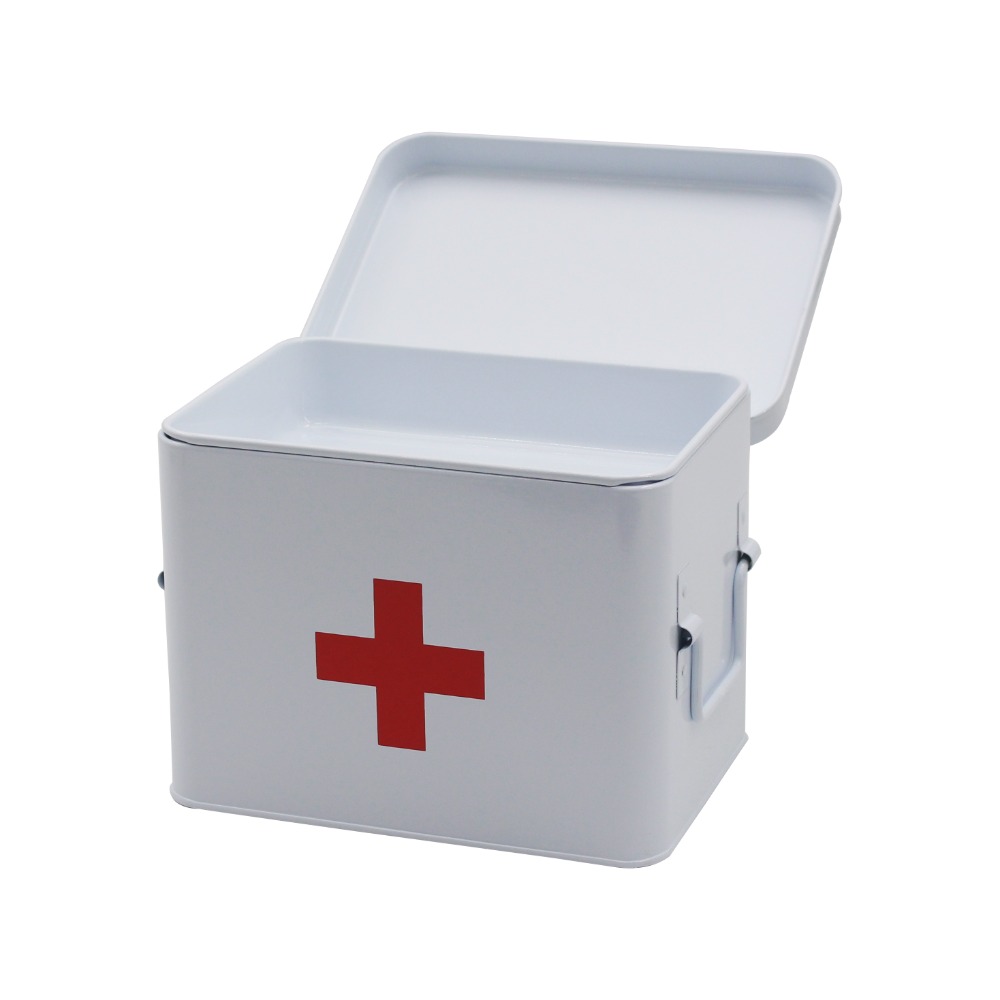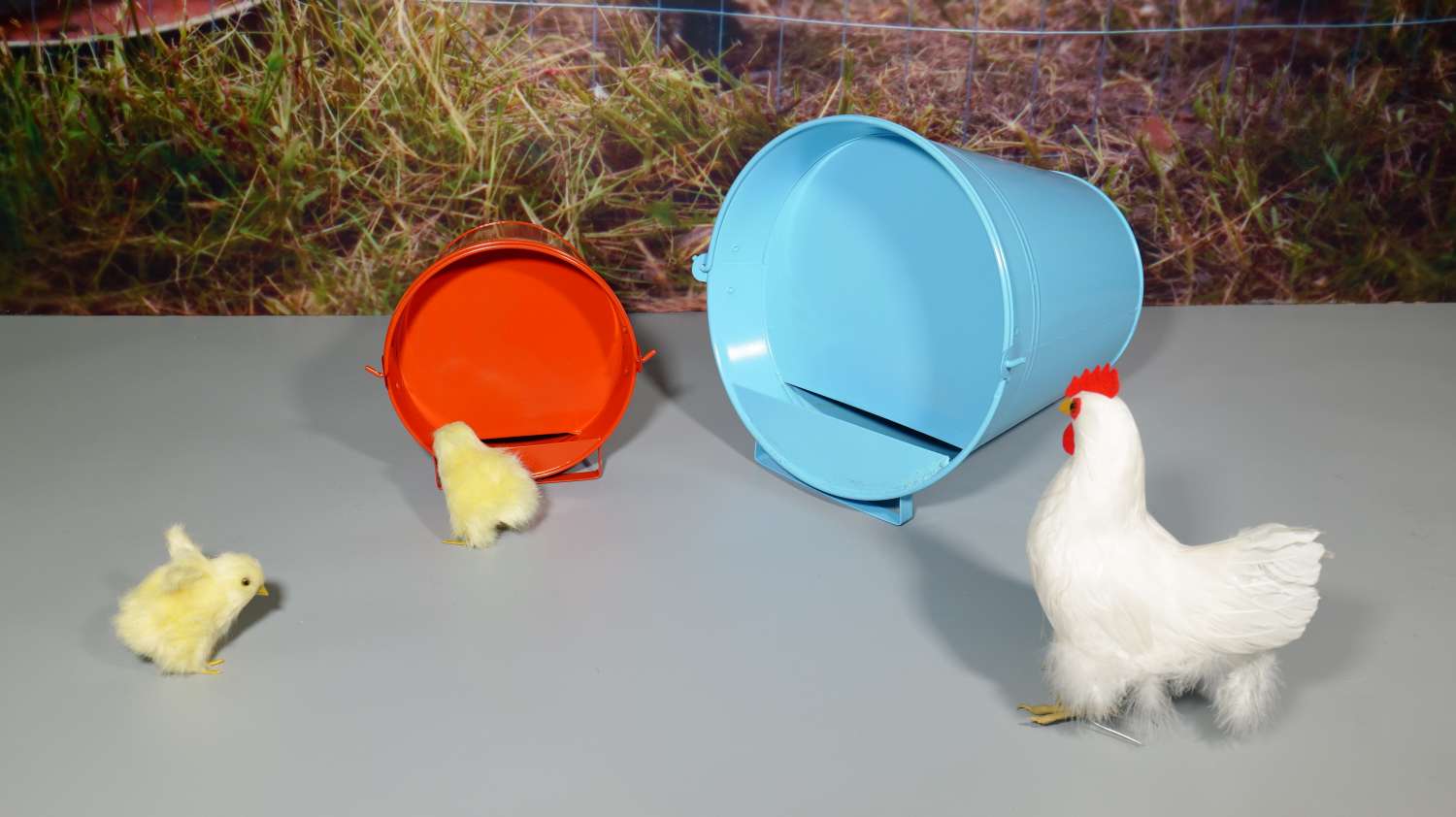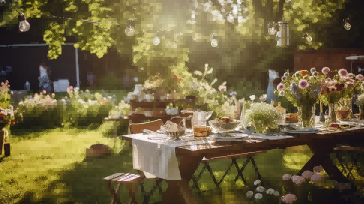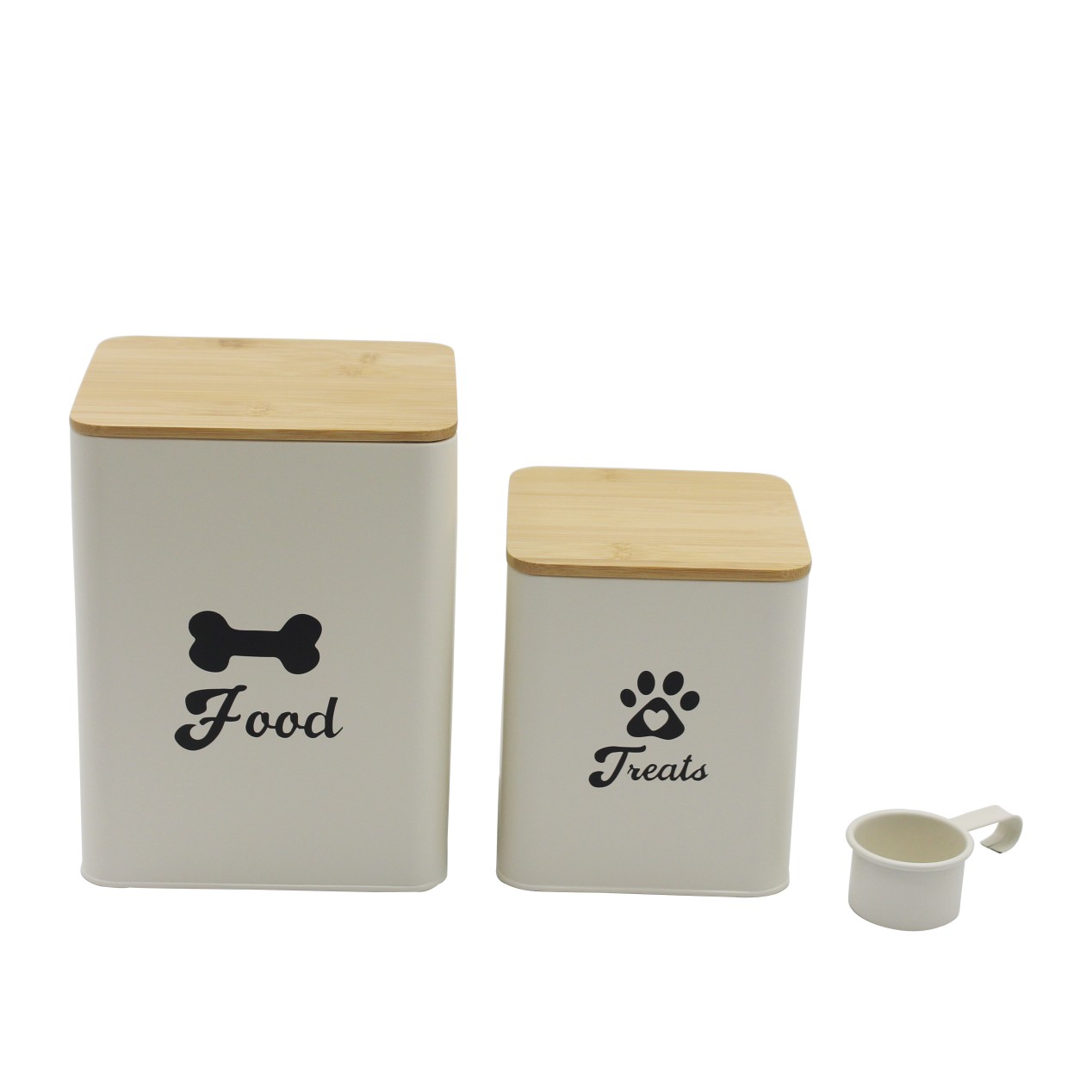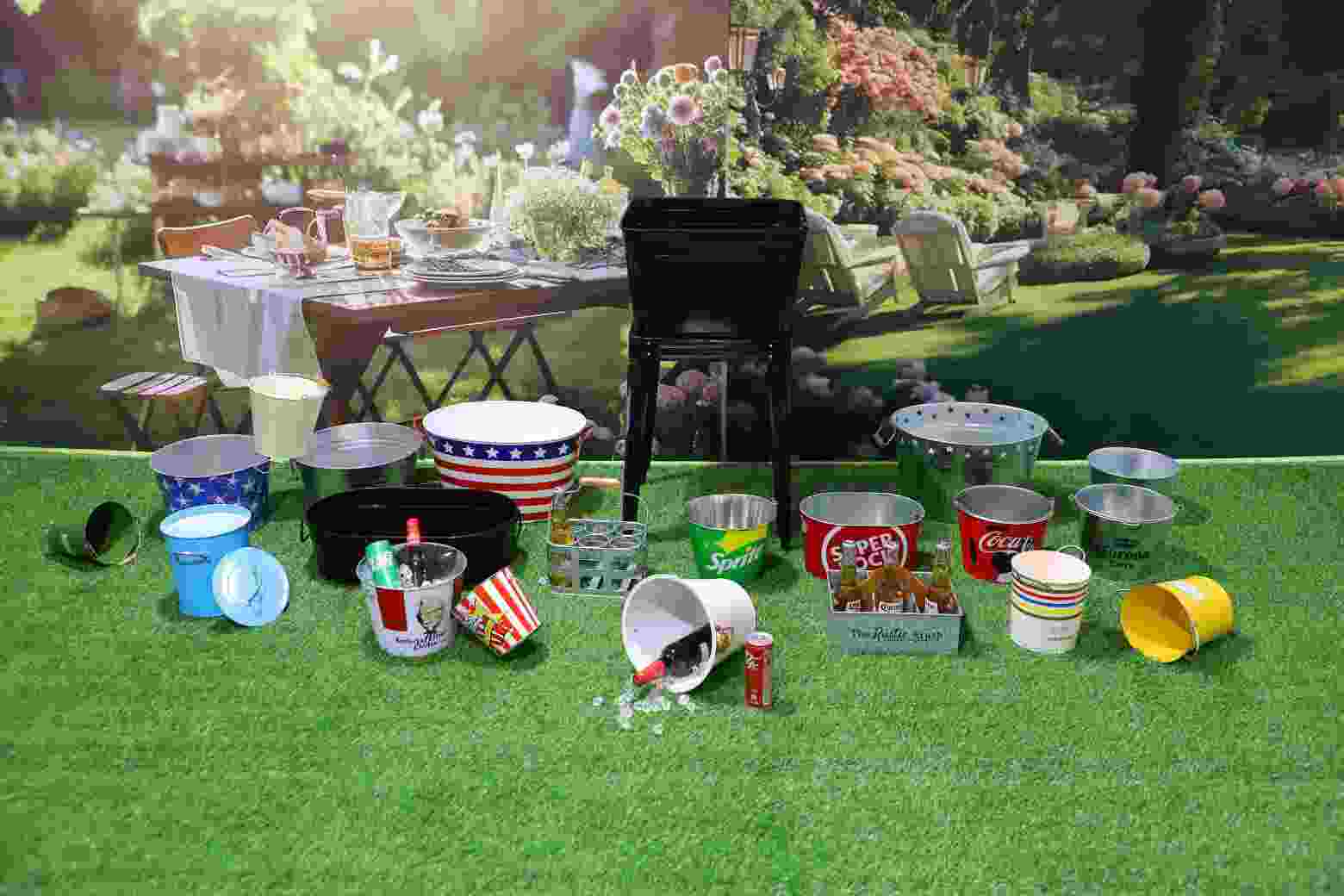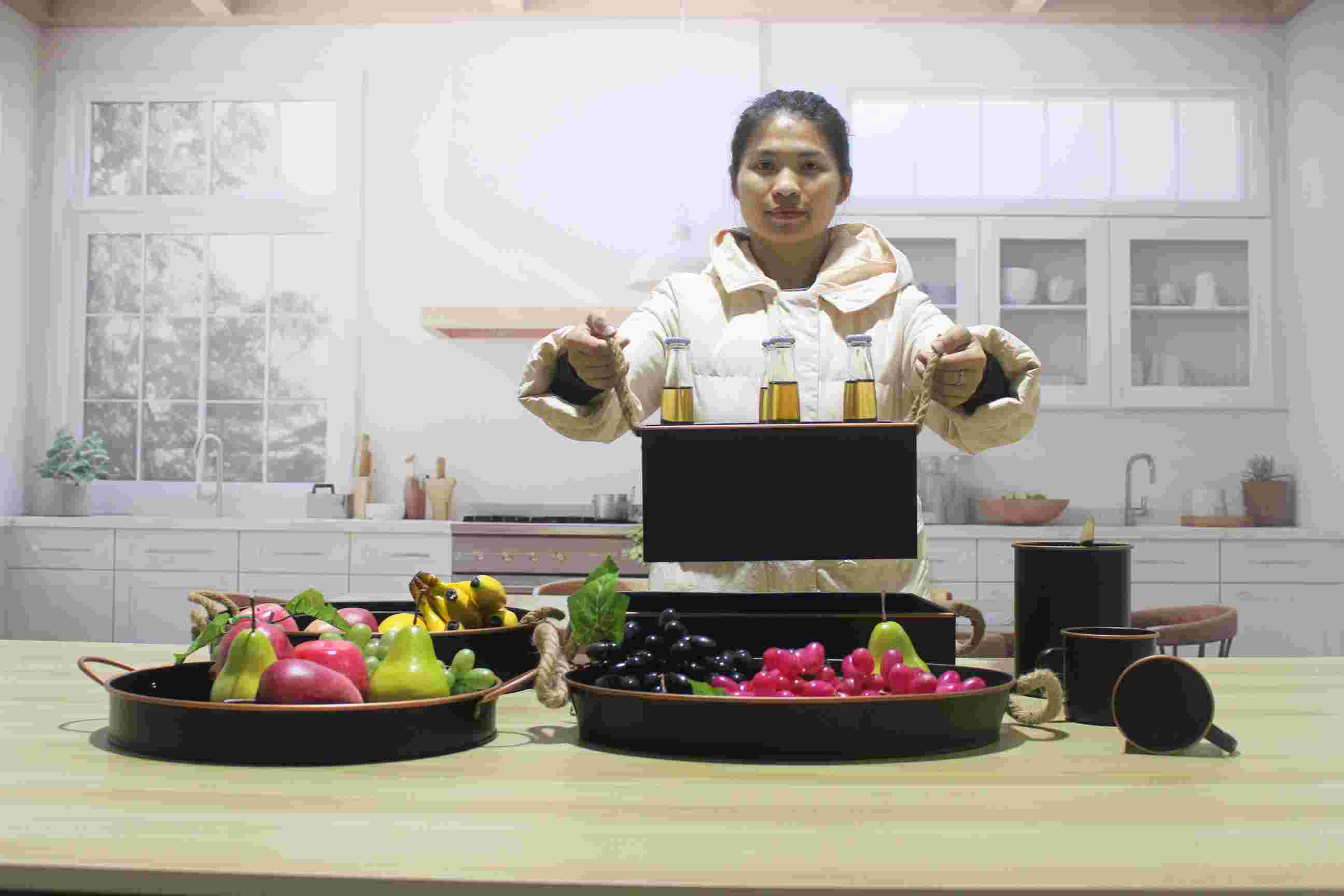Mastering Metal Gardening: The Ultimate Guide to Metal Raised Garden Beds
Date:2024-07-16
Longevity and DurabilityMetal raised garden beds are crafted to withstand the test of time. Unlike their wooden counterparts, metal beds are not susceptible to rot, decay, or termite infestation. This means that with proper care, your metal garden bed can last for decades, providing a stable environment for your plants to grow and flourish.
Resistance to Pests and RotThe non-organic nature of metal makes it an inhospitable environment for pests. This natural resistance eliminates the need for chemical treatments, ensuring a healthier ecosystem for both your plants and the local wildlife.
Low Maintenance RequirementsMetal garden beds require minimal upkeep. Occasional cleaning and a periodic check for signs of wear are often all that's needed to keep your bed in top condition. This low maintenance characteristic is particularly appealing for those with busy lifestyles or for urban gardeners with limited outdoor space.
Heat Dissipation PropertiesThe metal's ability to conduct heat away from the soil can be advantageous in warmer climates. This property can help to moderate soil temperatures, protecting plant roots from overheating and promoting healthier growth.
Galvanized Steel: This is a popular choice due to its rust-resistant coating. It's durable and relatively affordable, making it an excellent option for most gardeners.
Aluminum: Known for its lightweight and resistance to corrosion, aluminum is ideal for garden beds that may need to be moved frequently.
Iron: While more prone to rust than steel, iron can be a good choice for those looking for a more rustic aesthetic.
Stainless Steel: The most corrosion-resistant of all, stainless steel is also the most expensive. It's a top choice for coastal areas where salt air can be particularly damaging to less resistant metals.
Size and Shape: The size should complement your available space and gardening goals. Consider the shape that will maximize your planting area and fit well with your landscape design.
Depth: A deeper bed is preferable for plants with extensive root systems, such as carrots or tomatoes. However, for shallow-rooted plants like lettuce or herbs, a shallower bed will suffice.
Accessibility: If mobility or age is a concern, consider the height of your bed to ensure it's comfortable to work with.
Materials List: Obtain metal sheets, screws, brackets, corner posts, and a powder-coated finish for protection.
Construction Guide: Begin by measuring and cutting the metal sheets to size. Assemble the frame using brackets and screws, ensuring each corner is secure.
Safety Precautions: Wear protective gloves and eyewear during construction, and work in a well-ventilated area.
Routine Inspections: Check for any signs of rust or damage and address them promptly.
Cleaning: Remove debris and clean the bed after each harvest to prepare for the next planting season.
Seasonal Adjustments: In colder climates, consider adding insulation or a cold frame to protect your plants during winter.
Vertical Gardening: Attach trellises or netting to the sides of your bed to grow climbing plants.
Multi-Level Garden Designs: Stack multiple beds to create a visually appealing and space-efficient garden.
Artistic and Decorative Applications: Customize your bed with painted designs or integrate it into larger garden art installations.
Maximizing Space: Utilize vertical space with hanging baskets or tiered planters.
Season-Specific Planting: Rotate your crops according to the season to maintain soil health and yield.
Aesthetic Enhancements: Add decorative elements such as solar lights or wind chimes to personalize your space.

